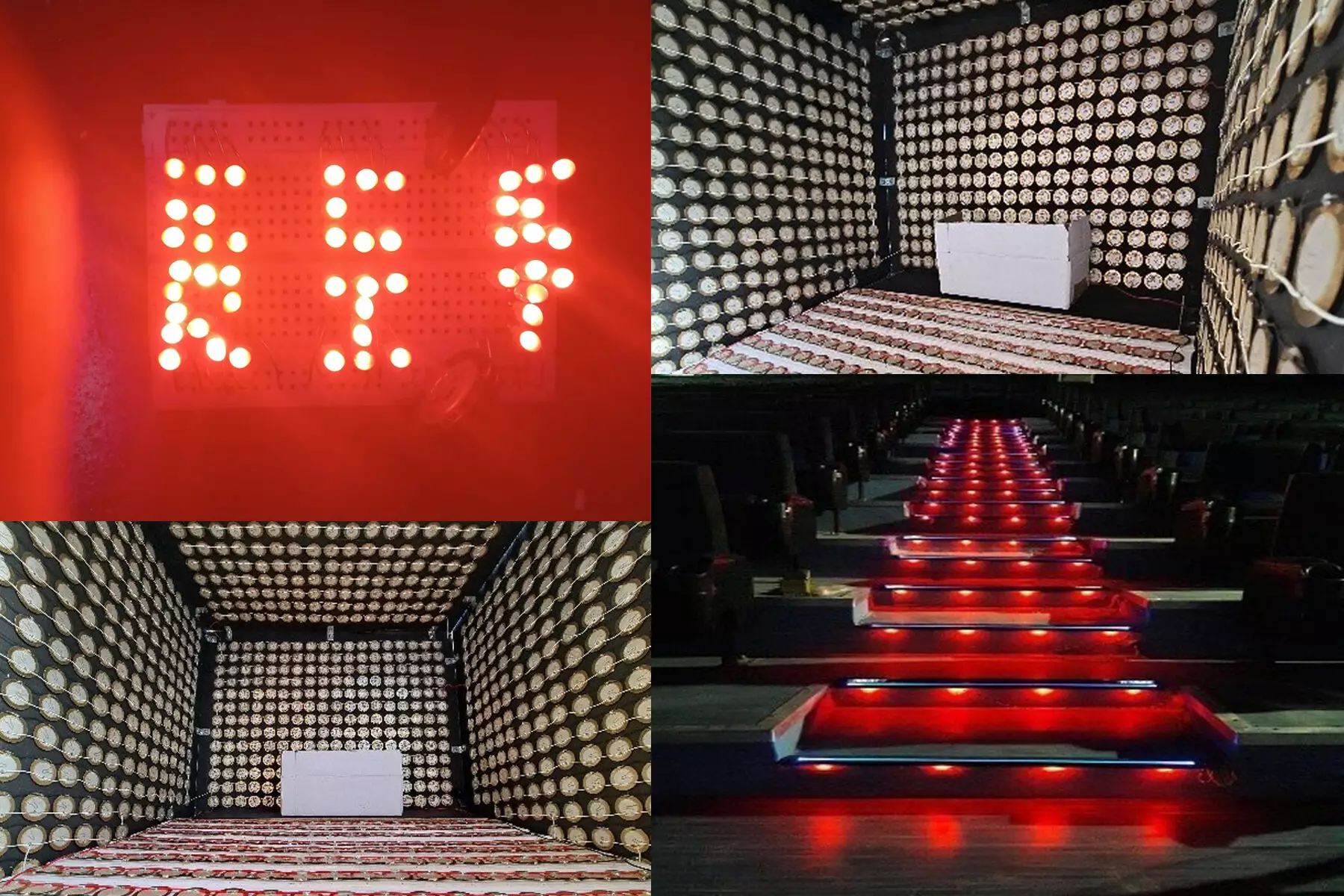When we think of hearing loss, we often associate it with loud machinery and excessively noisy environments. However, a recent study published in Physics of Fluids highlights the lesser-known risk of hearing loss in public environments such as theaters and concert halls. The authors of the study aim to not only make these spaces safer for our hearing but also utilize the excess sound waves to generate electricity.
According to the Centers for Disease Control and Prevention, a significant percentage of both children and adults have already experienced permanent hearing damage due to excessive exposure to noise. With noise levels above 70 decibels posing a threat to our hearing, it is clear that effective mitigation systems are crucial. The study’s author, Rajendra Prasad P, emphasizes the need for systems that can handle such large sound intensities.
The researchers focused on enclosed spaces like theaters and concert halls, where sound waves from loudspeakers can reach intensities between 60 and 120 decibels. They developed a system of piezoelectric sensors that can be installed in the walls, floors, and ceilings of these spaces to absorb sound waves and convert them into electrical energy. This innovative approach not only ensures safer environments but also contributes to sustainable energy generation.
To design an optimized system for capturing sound waves, the researchers employed computer simulations to fine-tune various variables. These included the voltage required to power the main device component, the frequency and intensity of the input sound, and the configuration of piezoelectric sensors tested in parallel and serial setups. Through their experiments, they discovered that the system’s output was maximized within specific frequencies that align with common sound frequencies in theaters and auditoriums.
Elevating Safety and Sustainability
Apart from mitigating hearing loss, the authors aimed to develop an energy system that prioritizes environmental sustainability. The implemented smart power management feature adjusts the system’s functioning based on the incoming sound levels, ensuring efficient energy utilization. Additionally, the materials used in the system are environmentally friendly, with the piezoelectric sensors being composed of quartz—a mineral made of silica. This conscious choice aligns with the researchers’ goal of creating a greener future.
The risk of hearing loss in public environments is not to be underestimated, and this study sheds light on the importance of proactive measures. By harnessing sound energy through piezoelectric sensors, we can not only protect our hearing but also generate electricity in an environmentally friendly manner. The system’s ability to fine-tune sound wave capture and maximize energy output ensures optimal performance. The future of public environments lies in the integration of safety and sustainability, and this innovative technology paves the way for a harmonious coexistence between our auditory well-being and the preservation of our planet’s resources.


Leave a Reply